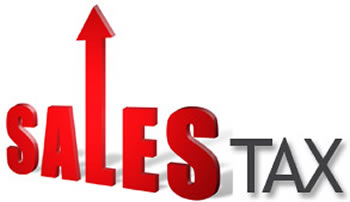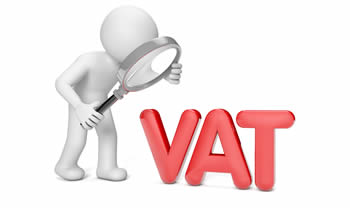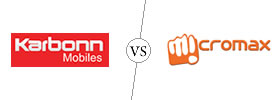Difference between Sales Tax and Value Added Tax (VAT)
Key Difference: Both Sales Tax and VAT are consumer taxes, which means that they have to be paid whenever one purchases a product that is meant to be consumed or used. However, sales tax is a type of direct tax, while VAT is an indirect tax.
 Taxes are a source of income for any and all governments. While there are taxes for a variety of things that have to be paid by a variety of people, chances are that as a citizen, one pays at least one tax or another. Sales Tax and Value Added Tax (VAT) are two such taxes.
Taxes are a source of income for any and all governments. While there are taxes for a variety of things that have to be paid by a variety of people, chances are that as a citizen, one pays at least one tax or another. Sales Tax and Value Added Tax (VAT) are two such taxes.
Both Sales Tax and VAT are consumer taxes, which means that they have to be paid whenever one purchases a product that is meant to be consumed or used. However, sales tax is a type of direct tax, while VAT is an indirect tax. What this means, is that sales tax is directly applicable and is directly calculated on the selling price, whereas VAT is calculated indirectly on every stage of manufacturing.
Another difference is that while the sales tax is directly calculated on the selling price, VAT is actually calculated on the value that is added to the product at every stage of manufacturing. This is calculated by subtracting the value from the cost at every stage, or in other words it is calculate on the profit that is made at each step of the manufacturing and selling process. However, the VAT is eventually borne by the customers, as it gets added to the cost of the product, additionally the seller outright charges the consumer for VAT. The VAT is then transferred to the government.
 Sales tax, on the other hand, is simpler. It a calculated as a percentage on the purchasing price of the product. However, this is also paid by the consumer. The sales tax is only paid by the end user, one who buys the product with the intention of using it. It the person is a resell or intends to sell the product to someone else, then they would not have to pay the sales tax, instead they will charge the end consumer for it. The tax then gets paid to the government.
Sales tax, on the other hand, is simpler. It a calculated as a percentage on the purchasing price of the product. However, this is also paid by the consumer. The sales tax is only paid by the end user, one who buys the product with the intention of using it. It the person is a resell or intends to sell the product to someone else, then they would not have to pay the sales tax, instead they will charge the end consumer for it. The tax then gets paid to the government.
Comparison between Sales Tax and Value Added Tax (VAT):
|
|
Sales Tax |
Value Added Tax (VAT) |
|
Description |
A government tax levied for sales of certain goods and services |
A government tax levied for goods purchased |
|
Type |
Direct Tax |
Indirect Tax |
|
Nature |
Single point tax |
Multi point tax |
|
Charged on |
Sales of certain goods and services |
Value added to the product on every stage of manufacturing |
|
Charged to |
The final customer in the supply chain, the end user |
The final customer or reseller |
|
Levied by |
Levied by the Government |
Levied by the Government |
|
Levied on |
Total Value |
Value Added |
|
Calculated on |
Calculated on the selling price of the product |
Calculated on the purchase price of the product. |
|
Calculated as |
A percentage of the taxable price of the sale |
Calculated on the value that is added to the product at every stage of manufacturing |
|
Calculation |
Easier, it is simple and easy to calculate. |
Complicated, as proper accounts should be maintained at each stage of manufacturing for the product |
Image Courtesy: pkrassociates.com, studentsforliberty.org









Add new comment